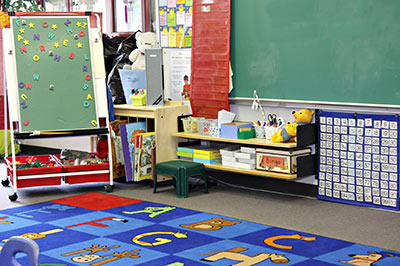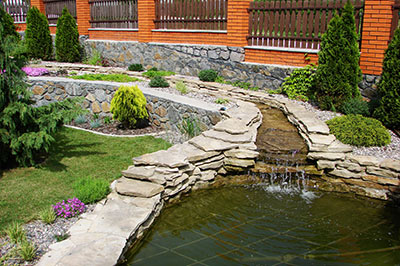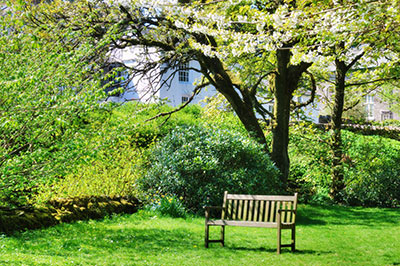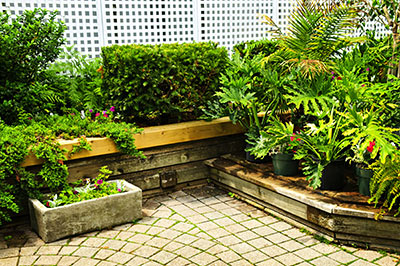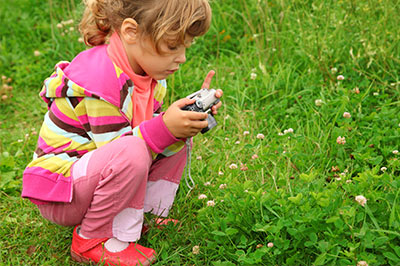by Angel Ford, EdD
U.S. Secretary of Education John King wants equity emphasized as ESSA (the Every Student Succeeds Act) is implemented. ESSA is intended to increase funding and access to early learning programs. Improved access to early learning and King’s desire for equity go well together well. Evidence is plentiful that children who participate in high-quality preschool programs have better outcomes compared to children who do not have this opportunity (ED, 2015). It is also well established that not all preschool aged children have access to programs, therefore access is definitely not equitable (ED, 2015).
Currently only 41% of children are attending publicly funded preschool (ED, 2015). Sure, some families choose to keep these young children at home or place them in private establishments, but a significant number simply do not have access (ED, 2015). Even though ESSA may not address directly the facilities in which early learning takes place, these spaces are important to consider when discussing early learning programs.
First, we could ask: Are some schools not offering preschool because they don’t have adequate space to accommodate an early learning program? Second, for those schools that “make do” or house the preschoolers in standard traditional classrooms we could ask: Do these learning spaces place restrictions on instruction and large motor skill development activities because the original design was for lecture based instruction? Equitable early learning programs need to be housed in appropriate spaces, and, furthermore, the design and condition of these early learning spaces matter!
In a number of my past blogs, I have highlighted the inequities of school building conditions and the opportunity gaps these disparities create for students. In this blog, I would like to expound on this idea by adding to the conversation the condition of the spaces in which early learning takes place. Evidence shows a link between the quality of the learning spaces and the quality of the preschool programs (Arthur, Larson, Gillman & Sussman, 2006), and popular child development specialists such as Piaget and Montessori emphasized the importance of the physical learning spaces of preschoolers (Acer, Gözen, Fırat, Kefeli, & Aslan, 2016). Early learning spaces that are not designed and maintained specifically with best practices in mind could have elements that distract the students either emotionally or cognitively, causing them to be less able to concentrate on the learning processes in which the educators are trying to engage them (Arndt, 2012).
For now, I will just state that the physical learning spaces in which our youngest students attend should be designed or renovated in such a way to provide the best possible environment for these early learners. Learning spaces that are designed or redesigned to meet the needs of preschoolers can have a positive effect on their development and success (Acer et al., 2016). Specific examples of appropriately designed learning spaces will not be provided here, but may be discussed in future blogs. As ESSA increases funding for early childhood education, contemplations should take place about best-built environments. Less fortunate preschoolers should not have to attend dirty, ill-equipped, run-down buildings that may not have been created for such use, while more fortunate preschoolers are able to attend beautiful, clean, and well-resourced centers.
I am not suggesting that the physical environment should be the only focus, as the qualification of the teachers, the effectiveness of the curriculum, and other factors, play critical roles. What I am suggesting is that if we do not consider also the physical learning environments, an important part of the equation is being left out. The places where preschool students learn is one important variable that cannot be overlooked when establishing and expanding early learning education across the nation.
References
Acer, D., Gözen, G., Fırat, Z. S., Kefeli, H., and Aslan, B. (2016). Effects of a redesigned classroom on play behaviour among preschool children. Early Child Development and Care, 1-18.
Arndt, P. A. (2012). Design of learning spaces: Emotional and cognitive effects of learning environments in relation to child development. Mind, Brain, and Education, 6(1), 41-48.
United States Department of Education (ED). (2015). A matter of equity: Preschool in America.
Dr. Angel Ford is a research associate with Education Facilities Clearinghouse (EFC). Dr. Ford has previous experience working as a middle/high school administrator and actively participates in research and content management of the EFC website.

